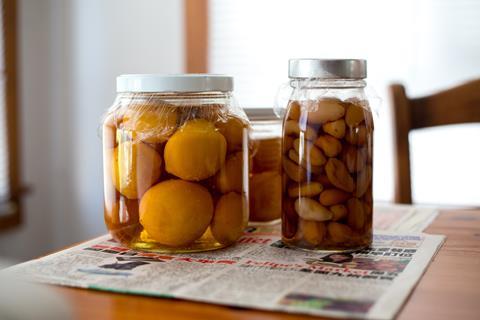
Brands are constantly trying to figure out where the next generation of their customers are going to come from and how they can refresh the customer base for their products.
Consumer packaged goods and grocery brands need to connect and inspire younger customers so they form an affinity with the product they will carry into later life. Engaging with Gen Z should be a key focus for businesses. This cohort are predicted to account for 40% of spending power by 2021.
Segmentation based purely on age is not perfect but does provide a starting point for identifying the right channels and platforms for sharing compelling content. Gen Z (people born from the mid-1990s to the early 2000s) are the first wave of digital natives with access to mobile almost from birth and they are lovers of video content – 85% of teens in a recent study say they use YouTube and 72% Instagram.
They are not just living for a hedonistic present but keen to pick up some skills and knowledge. They also like to dip into video viewing as a way of taking a break from the stresses of their day-to-day lives.
Brands attuned to these trends can make real gains with a creative approach to developing online video. Sarson’s is one company that has embraced the potential of the format. The venerable vinegar brand is a household staple, but it was being used less frequently at mealtimes and sales were declining.
The brand wanted to reach a new audience by promoting pickling. Search data analysis revealed this was a trend on the rise with a younger audience keen to master cooking skills and aware of the benefits of eating more veg. Pickling was a space Sarson’s could own as there was scant professional content available on video.
More from Harry Walker: Data trends reveal how the nature of convenience is changing
It created a series of 15 short videos and its own website about how to pickle the most searched-for seasonal ingredients, targeted at 20 to 45-year-olds. It identified an autumn peak for search interest in pickling, so knew when to run its campaign for optimal results. The results were a tasty 3% category uplift and 20% uplift to Sarson’s distilled malt vinegar sales year on year.
Babybel is another brand that looked to online video to revitalise its audience. Already a kids’ lunchbox staple, it wanted to build a broader audience, including young, pre-family adults, and encourage more frequent purchase.
The creative idea focused on the Super Snacks crew and their mission to save snack time. Data on life stage allowed Bel UK to target its videos to people at times when they were likely to be thinking of a snack. The result, after tweaking video for a clearer call to action, was an 18% uplift in purchase intent.
My succinct advice for a video strategy is: develop memorable creative, set up the right targeting using data-driven insight, make sure there’s a call to action to drive footfall to the store and measure the impact on brand recall and interest, as well as sales.
Your next wave of consumers is not that different from the preceding generations. They just have new ways of learning, sharing and expressing themselves. Deploying a smart video strategy will put you in a great position to generate loyalty and become a trusted brand.









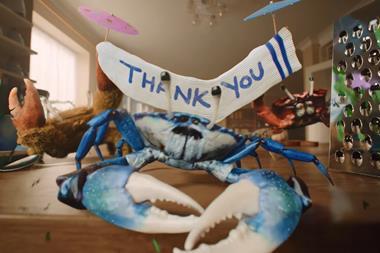
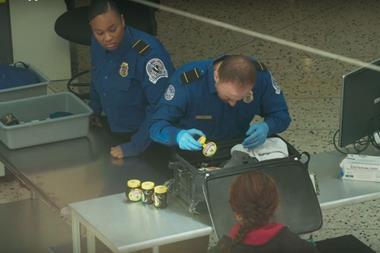


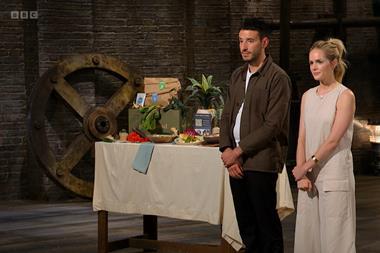
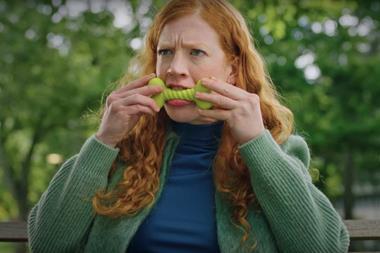
No comments yet